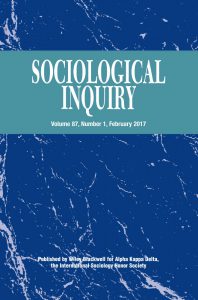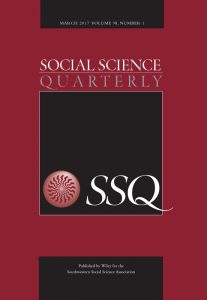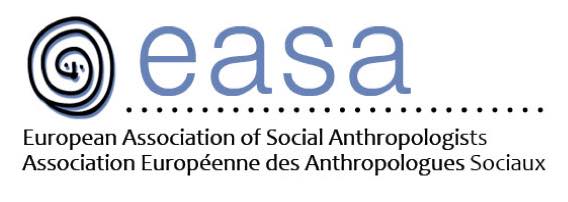Sputnik Point of View: Deficit Language in U.S. Education
It was a Sputnik moment, President Obama said, when the OECD’s Programme for International Student Assessment (PISA) standardized test scores were published late last year. The US ranked somewhere in the mid-20s for most subjects. “America is in danger of falling behind,” Obama warned.
We’re being “out-educated,” Education Secretary Arne Duncan cried.
Panicked pundits followed suit: “Wake up!” “Catch up!” Fill up that “gap!”
There’s no doubt that our everyday uses of language matter. The language we use can shape how we perceive our experiences, can shape the distinctions we make— can shape the distinctions we do not make. The language of education in the United States is increasingly a language of deficits. Oft-cited sociological concepts in this discourse– e.g. cultural capital (Bourdieu and Passeron 1977),social capital (Bourdieu 1984, Coleman 1988), human capital (Coleman 1988) — have, in many ways, advanced this sort of deficit thinking. In the language of “capitals” roughly, the knowledges and skills of particular sets of dominant groups are seen as “capitals” valuable to an existing matrix of power (Collins 2000). In this language, only certain knowledges “count” as capital. Other knowledges are discounted, and those who hold them are considered “at-risk” of a deficit or on the wrong side of an “achievement gap.”
Nevertheless, goals invoked in media and in policy continue to propagate this imagery of closing “achievement gaps,” overcoming “knowledge deficits,” marshalling “human capital,” and staunching the “alarming decline of U.S. educational attainment.” The picture painted becomes that of a great big sink hole; faced with that image, “filling the void” becomes the sought-after solution.
In his 1968 treatise for social justice in education, Pedagogy of the Oppressed, Paulo Freire lays out his famous criticism of the “banking concept of education.” In practice, such a concept approaches learning as a process that can be rationalized – made efficient, predictable, calculable, controllable – so that knowledge can then be transmitted, measured, invested, and measured again as if it were capital. Emphasis is on the getting: get an education, get more knowledge, get “facts” (and only facts), get ahead. In banking practices of education, students participate actively in their own learning only insomuch as they are “receiving, filing, storing” the knowledge they are told they must take in (Freire 1993: 73). The relationship between knower and known becomes like that between a piggy bank and some cash, a to-go cup and some coffee, a tick and the plasma of your poor dog: it is the relationship between a “receptacle to be filled” and the material that will fill it (Freire 1993: 72).
This is not to say that some of those materials (i.e. the school subjects on which students are being tested) aren’t really good stuff. Surely they are. But it is the way we engage with those materials and with the learning process – the ways we perceive them, the ways we see ourselves connecting with them— that comprises much of the trouble with the “banking concept.” Students are encouraged and rewarded not for questioning the assumptions undergirding course materials and ideas, nor for examining and challenging what gets left out in the inherently selective act of planning curricula. Rather they are encouraged and rewarded for that “receiving, filing, storing”; they are encouraged and rewarded according to where they fall along a static, linear model of success. The banking concept, I will argue, marginalizes students’ critical identities in the classroom: the “21st century skills like problem-solving and critical thinking, entrepreneurship and creativity” that education policy-makers claim to prize are pushed to the side-lines of school days and school spaces in order to allocate sufficient resources for meeting standardized measures like Adequate Yearly Progress (AYP) and “value-added” teaching. Dialogue and collaborative, dynamic learning efforts –efforts that privilege the creation of connections rather than the attainment of fixed end—are sloughed off because they don’t quite fit into the package of conceptual deliverables like “accountability” and “teacher effectiveness.”
The Sputnik moment, then, is less of a moment than it is a point of view—a controlling image that focuses attention on deficits, fear, and falling behind; an image of satellite surveillance, observing processes of teaching and learning from a position of power high above. It is this hierarchical observation, this constant examination of learning as a linear process that can be evaluated against standardized measures. It is this Sputnik point of view that continues to engender a binarized idea of education: either we fill up, measure up, or we fall behind. Spaces for exploring big, important questions, questions that may not have answers— or at least questions certainly don’t have any one answer—become the collateral casualties of this orbit. And that is a loss.
 An Achievement Gap That Won’t Be Fixed in Schools
An Achievement Gap That Won’t Be Fixed in Schools
 Social Capital and Education: Wiley Blackwell Encyclopedia of Sociology
Social Capital and Education: Wiley Blackwell Encyclopedia of Sociology





Fascinating post about the state of American education–but more importantly how education is perceived and practiced. Thanks so much!
Keri
The picture of sputnik looks great.